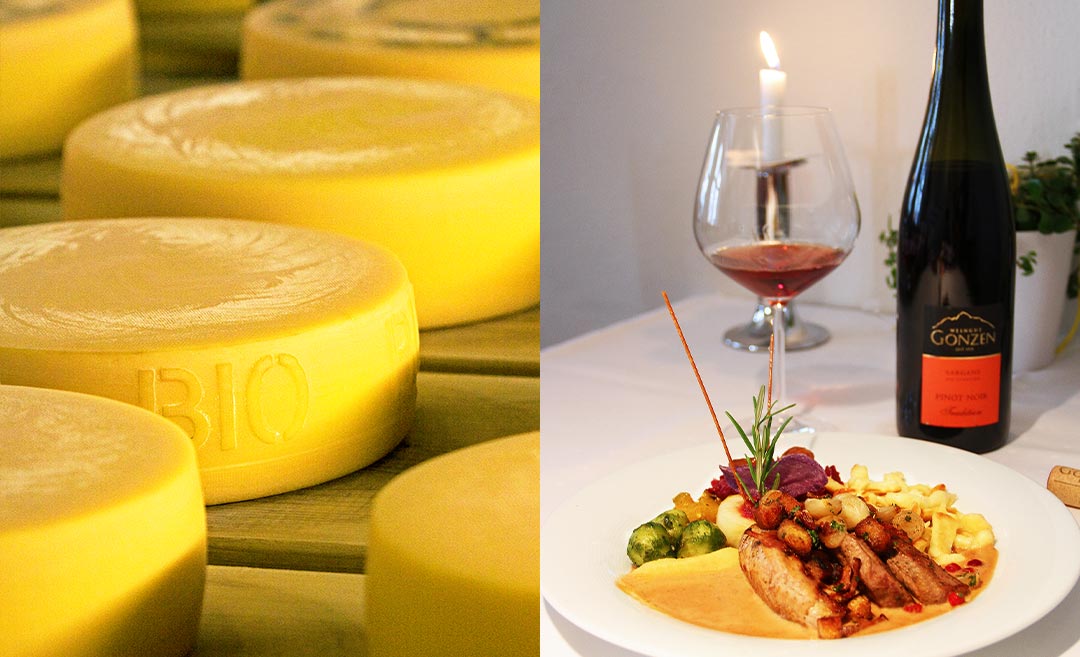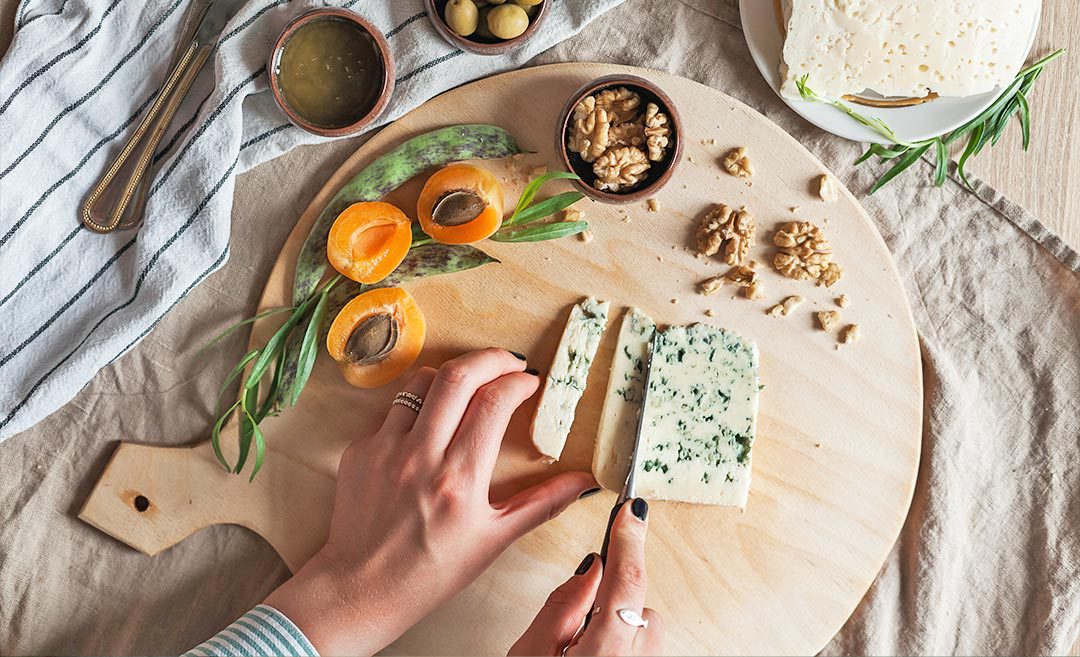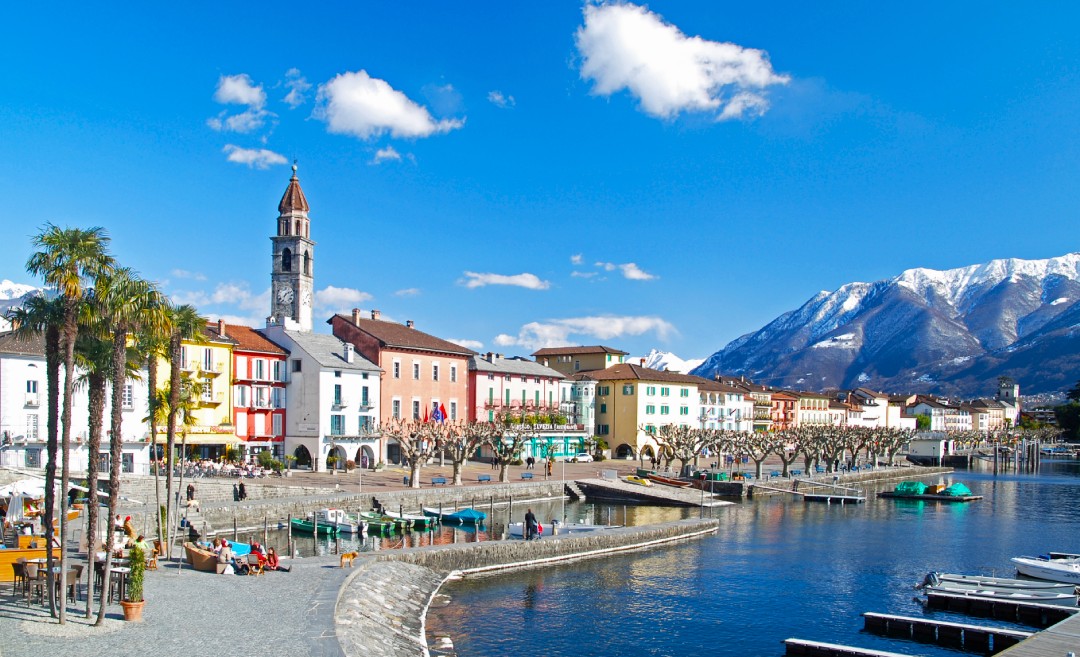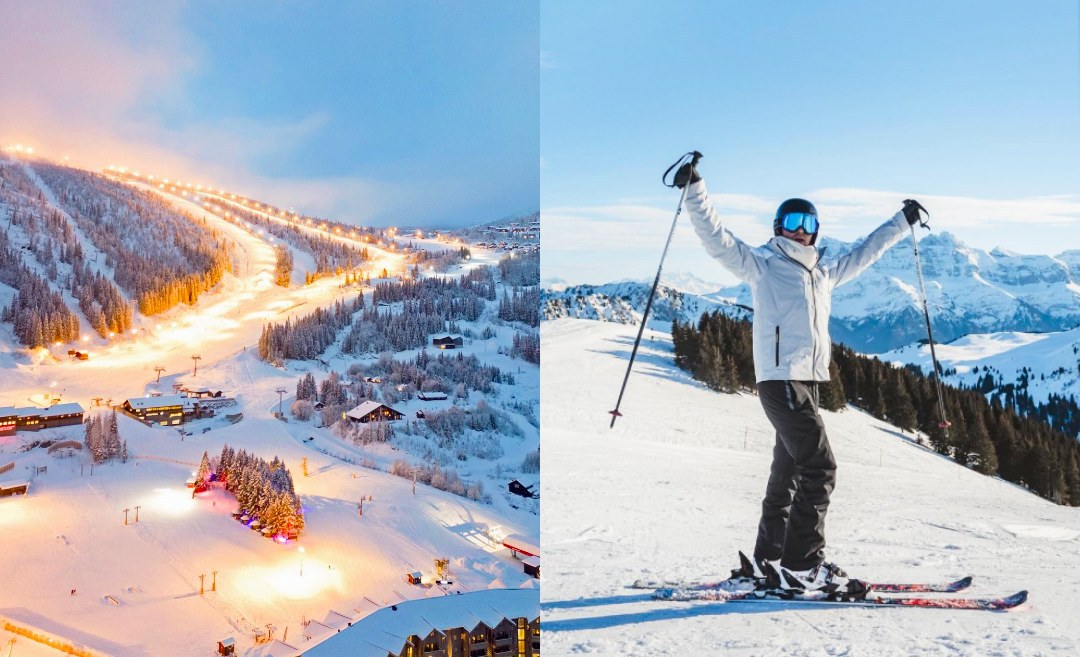There’s no doubt everyone knows about Switzerland’s famous cheeses and chocolates. However, what else does Switzerland contribute to the culinary world and, for that matter, the world of wine? These were questions that I was asking myself on my recent SWISS flight from Singapore to Zürich.
It’s difficult to get excited about airline food these days unless you’re lucky enough to be seated in Business Class, but I have to say, I was pleasantly surprised with the meal served in SWISS Economy. A fresh salad, a choice of two mains, including Asian and Western, and a delicious dessert accompanied by palatable wine and chilled Appenzeller beer. A slice of Emmental cheese and a Swiss chocolate bar completed the meal, and fresh fruit was on hand for mid-flight snacking. I was well prepared for Swiss food when I landed in Zurich.
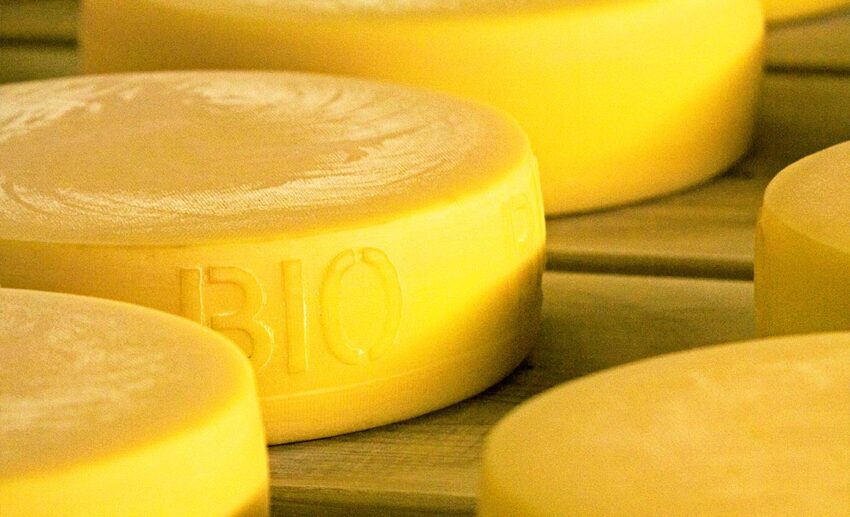
An interesting quiz question to ask your friends would be to list several Swiss dishes, and I’m sure most people wouldn’t be able to get past chocolate and cheese. There are many dishes, but few are well-known or known as Swiss dishes. Interestingly, many classic chefs are trained at Swiss schools of hospitality.
Swiss alpines and culture
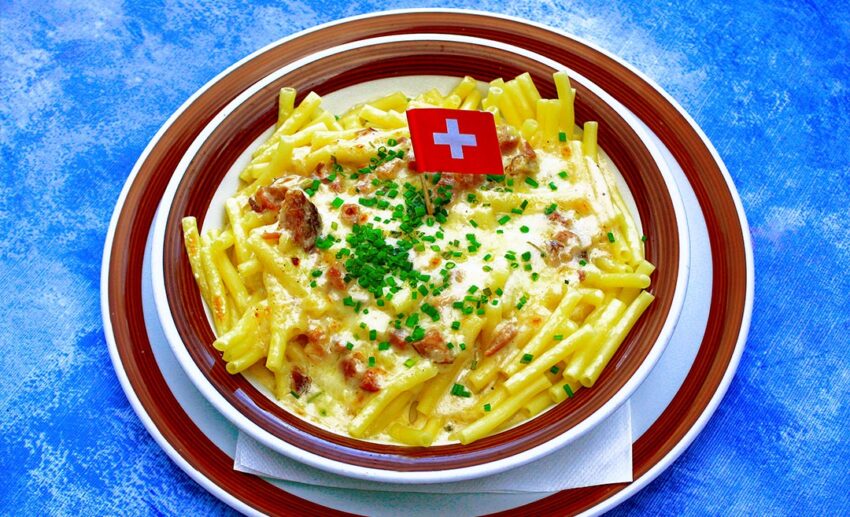
It’s hard not to be mesmerised by Switzerland’s snow-capped peaks, lush meadows, and glacial lakes. Switzerland’s green and clean image also ensures a plentiful supply of produce prepared by classically trained chefs.
For a small nation, Switzerland is culturally diverse, with English understood by many despite four languages being spoken in different parts of the country – French, German, Italian, and Romansch.
More than chocolate and cheese
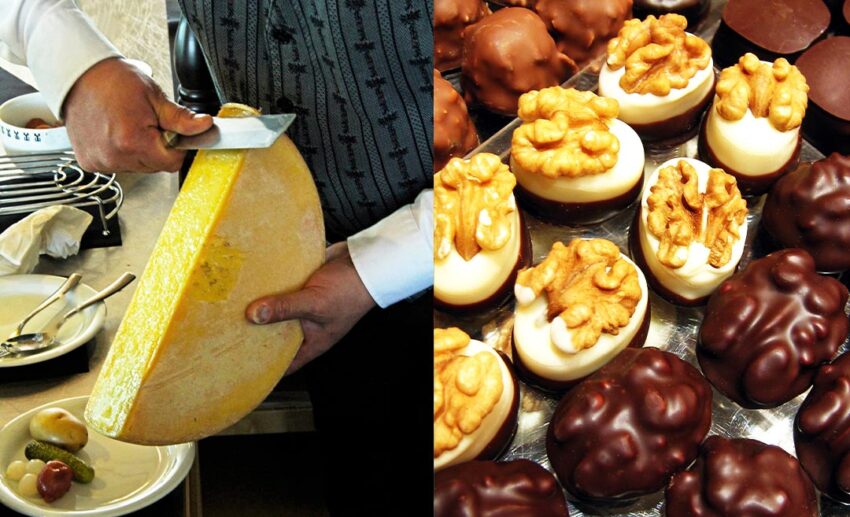
Everyone knows that Switzerland is famous for chocolate and has many sampling opportunities. Vevey is the world headquarters of Nestlé, and Broc, near Gruyères, is home to a Nestlé subsidiary, Cailler. There is even a special train called the Train du Chocolat that travels from Montreux to Maison Cailler in Broc and back.
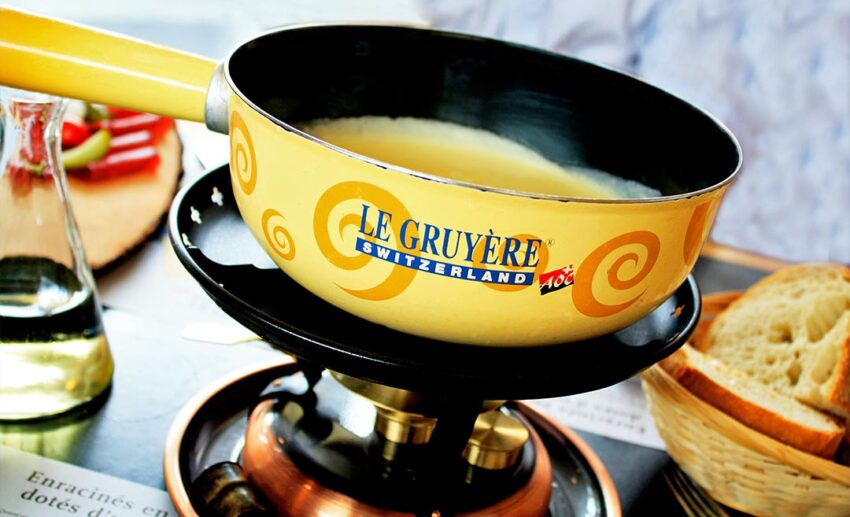
While the culinary world would be less interesting without Swiss chocolates, Switzerland also contributes many wonderful gourmet products. Raclette, Rösti, and fondue are almost as famous as the towering peak of the Matterhorn, but often, the lesser-known regional favourites make travelling here so fascinating. For those who don’t like cheese fondue, you can enjoy a dessert of chocolate fondue.
Switzerland also produces some excellent wines to complement its culinary treats. Here is my detailed list of some exciting regional culinary delights:
Swiss-German
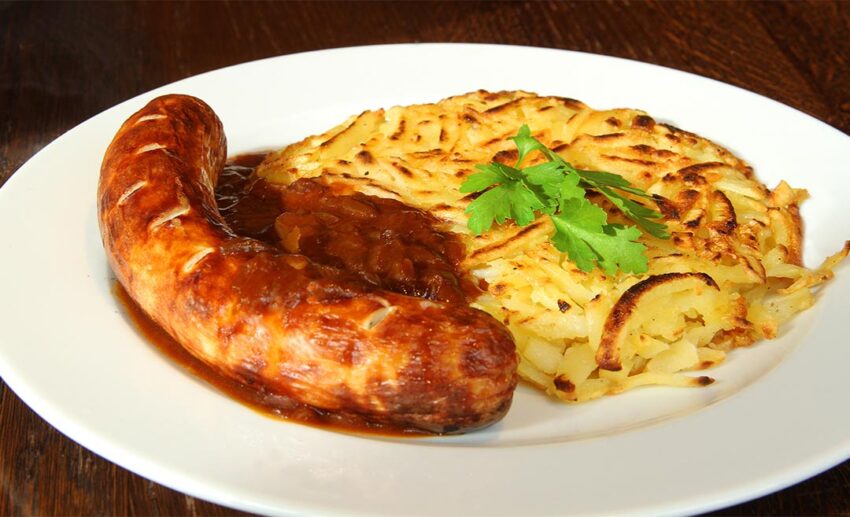
The top half of Switzerland, adjoining Germany, is, perhaps not surprisingly, the German-speaking part of the country. This includes food destinations like Zurich, Luzern (or Lucerne), Basel, Chur, and Appenzell.
Exciting things are always happening with food in the gateway city of Zurich. Rathaus Café is a place for busy people, especially those out enjoying the bike trails along the Limmat River, where cyclists can ride into the high tables in the café and use their bicycle seats as bar stools while enjoying their favourite brew. Other iconic coffee and chocolate outlets are Confiserie Sprüngli and Schober Café.
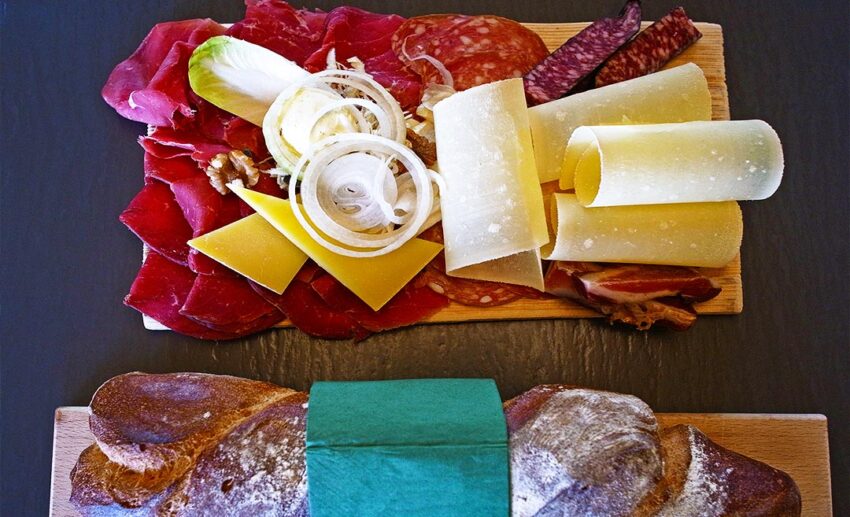
Sausages are found throughout Switzerland and often served on a platter with cheese as a communal starter to a meal. Bündnerfleisch, an air-dried raw salt meat made from beef leg, is typically included. Another hearty dish is veal sausages and rösti (coarsely grated potato pan-fried until crisp).
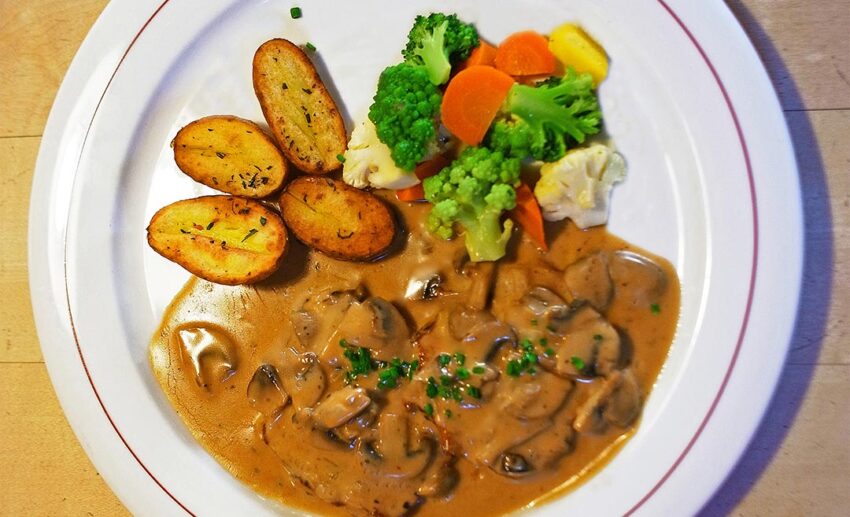
Meanwhile, Zürcher Geschnetzeltes, a veal dish with mushrooms, served with a cream sauce and rösti, is commonly listed on many Swiss menus.
Swiss-French
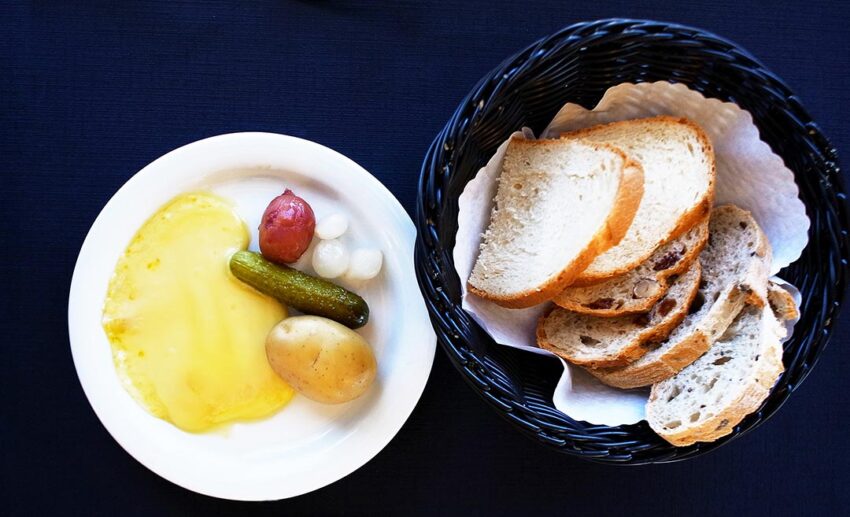
France’s contribution to the world of gastronomy needs little introduction. The cuisine seamlessly flows over the border into the French-speaking parts of Switzerland, such as Lake Geneva, the Valais, and Fribourg.
Raclette from the Valais is a classic dish of molten cheese served with potatoes, gherkins, and onions. Sections of large wheels of cheese are heated under a special grill and then scrapped onto a plate for serving. One of the best places to try it is in the Château de Villa in Sierre, where several cheeses from within the canton can be sampled to enjoy the slight differences between each cheese. Valais wine tastings and shopping can also be done here to make it a one-stop wine and cheese centre.
Swiss-Italian
Italian-inspired cuisine dominates in Ticino, the Swiss canton bordering Italy. Here, rice, normally associated with the tropics, grows to its northernmost extent. In most cases, the rice is used to make risotto.
Ticino’s main tourist towns – Bellinzona, Lugano, Ascona, and Locarno – all offer a holiday setting with a Mediterranean ambience. The canton is as Italian as nearby Milan, with classic dishes such as pizza, risotto, polenta, and gelato served with local wines, which are mostly red or white Merlots.
Markets are popular here and in other parts of Switzerland and are often the place to buy produce, ingredients, snacks, and even meals at prices below those in restaurants and supermarkets like Migros and Coop.
Wines with attitude at altitude
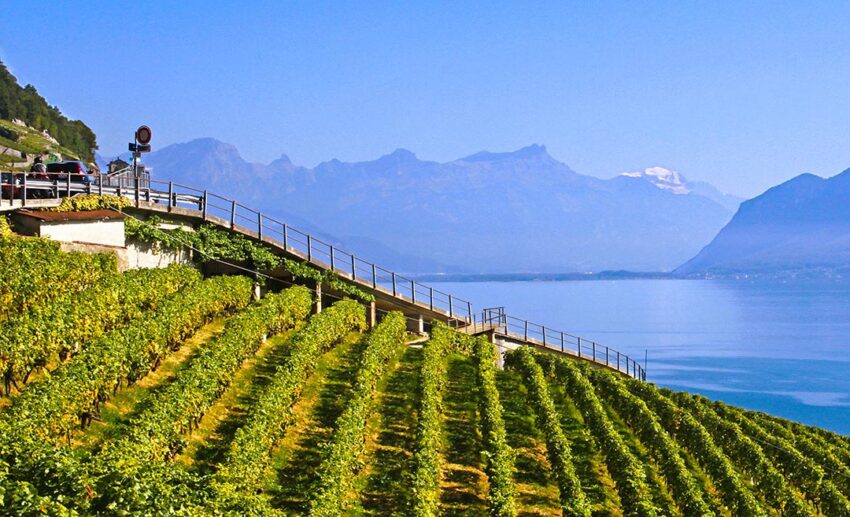
Switzerland doesn’t make much noise about producing wine, as almost all of it is consumed domestically. This makes visiting Switzerland a more enticing proposition, as this could be the only opportunity to sample some of its endemic grape varieties.
Wine estates are generally small, which means there are few mass-produced wines. In addition to well-known grape varieties like Chardonnay, Pinot Gris, Sauvignon Blanc, and Pinot Noir (often labelled Bläuburgunder), some endemic varieties create interest for wine lovers.
The best-known local variety is the white grape Chasselas (Fendant in the Valais), which produces a dry wine that perfectly accompanies many local dishes. Many other varieties are planted in the country, including Cornalin, Gamay, Syrah, Pinot Blanc, Petite Arvine, Heida, and Merlot.
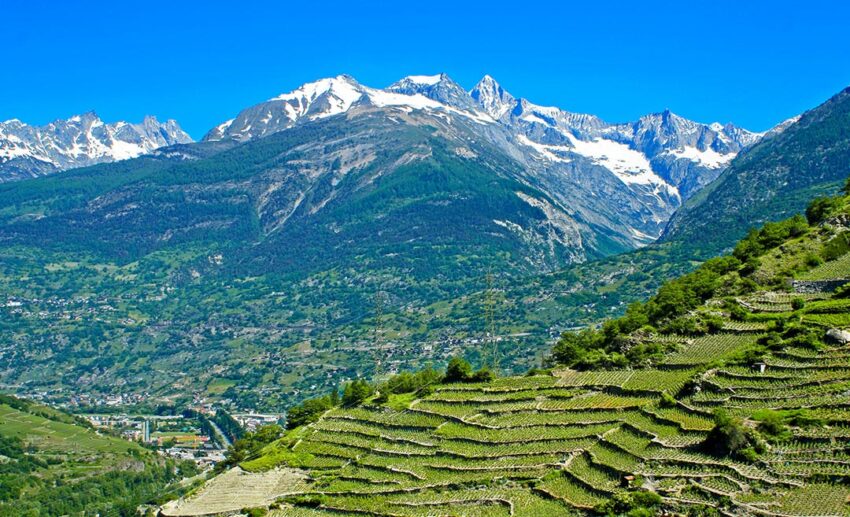
The Valais, dissected by the Rhône River, is home to Europe’s highest vineyards in the small village of Visperterminen. It is predominantly a German-speaking town but close to the French border. I headed there with an open but somewhat blank mind, not knowing what to expect, and was pleasantly surprised to stay in a small village with a long history. Located at an altitude of 1,378 metres above sea level, it offers unparalleled views of snow-capped mountains, deep valleys, and vines growing on terraced slopes.
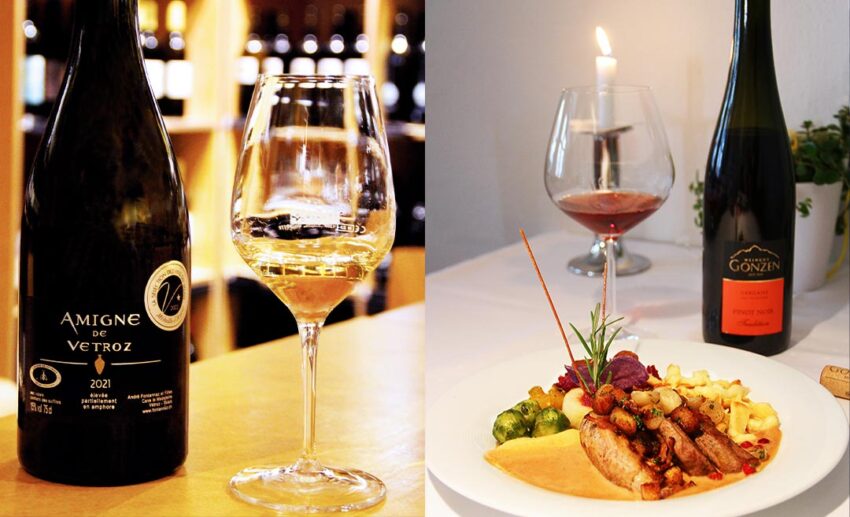
Another rare wine from the canton is Amigne de Vétroz, an exquisite and mostly sweet white wine produced exclusively in Vétroz, a village to the west of Sion. With just 40 hectares planted worldwide and 33 in Vétroz, it’s a rare wine. When made into a sweet style, it is sold with one, two, or three bees on the label; the more bees, the greater the sweetness.
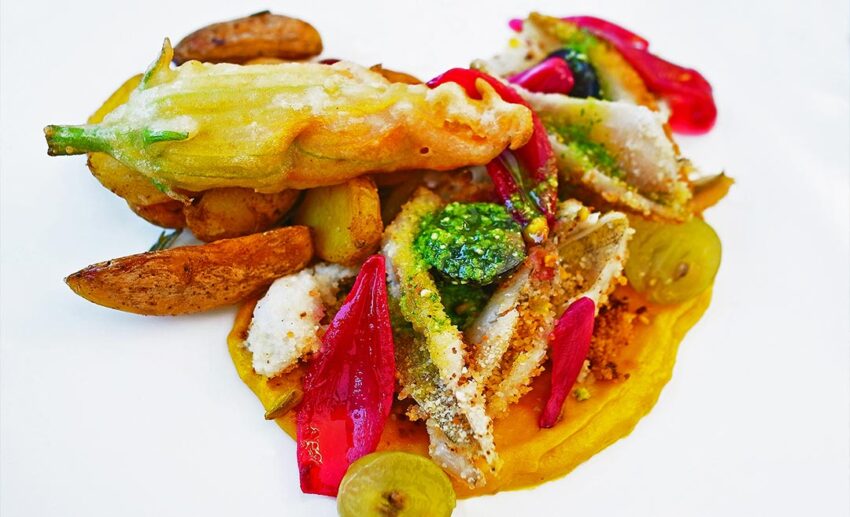
Other wine-growing regions to include in your Swiss touring itinerary are Hallau (in the far north of Switzerland near Schaffhausen), the Lavaux (bordering Lake Geneva near Vevey), and Ticino (bordering Italy). The Lavaux is a steep stretch of terraced land now protected as a UNESCO World Heritage Site. Fish, such as lake-sourced perch, perfectly accompanies the Chasselas wines produced in the Lavaux.
In Bellinzona, grapevines grow amongst the fortified castles inscribed as UNESCO Castelgrande World Heritage Sites.
Wine lovers have little choice but to visit Switzerland to enjoy most of these wines, as few are exported to Asia. Most dishes taste best in their country of origin, so the best Swiss wine and food experience is in Switzerland.
Quick travel tips
Getting there: Fly on SWISS from Singapore to Zurich with connecting flights from Kuala Lumpur.
Getting around: Switzerland’s rail system is without equal, and its extensive network of trains, ferries, and buses is the perfect way to travel around Switzerland. Visitors can access virtually every part of the country on a network with precision timing. The Swiss Travel Pass is the recommended way to travel, as it connects all modes of public transport.
For more information, visit Switzerland Tourism.
*All images courtesy of David Bowden.

